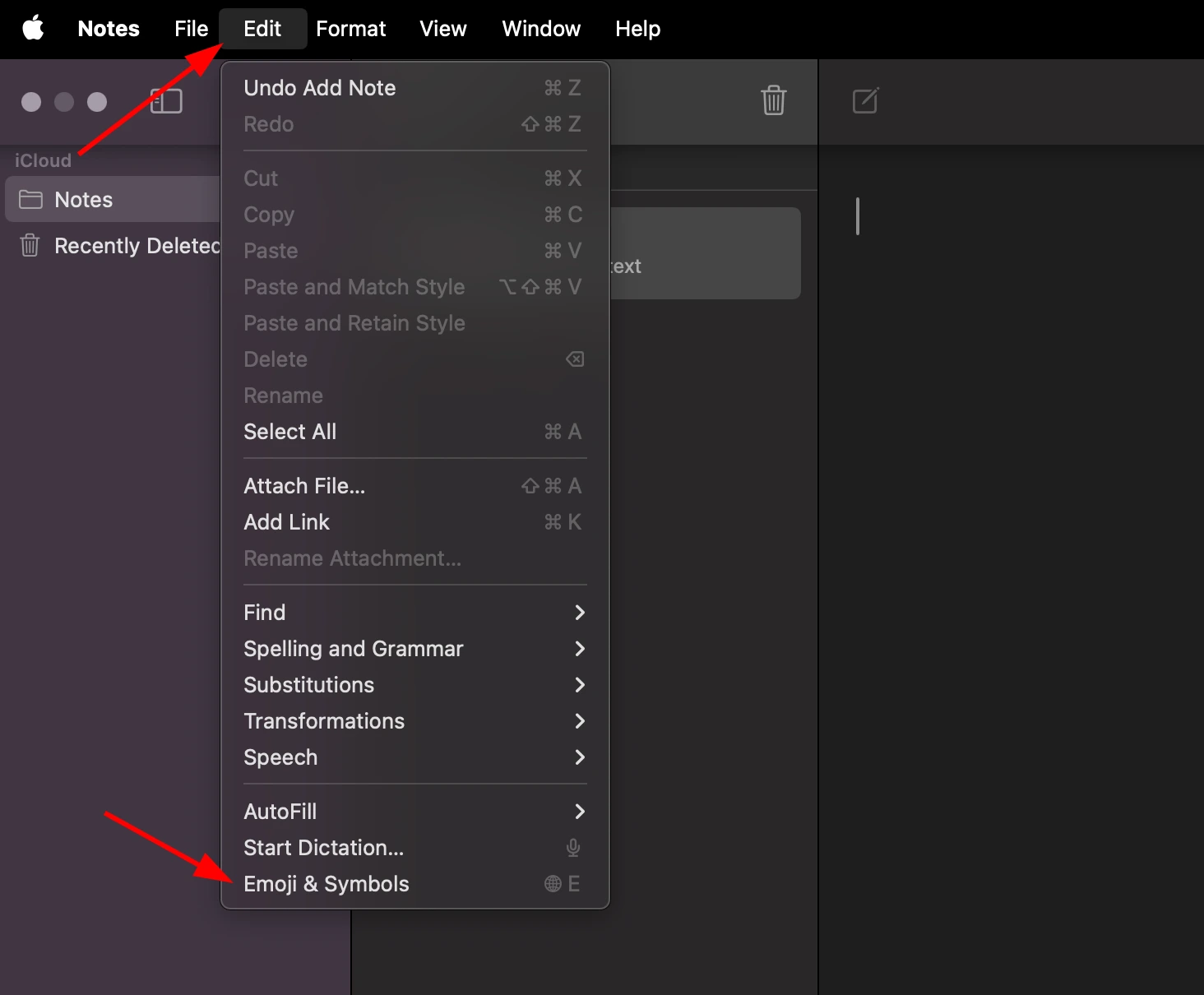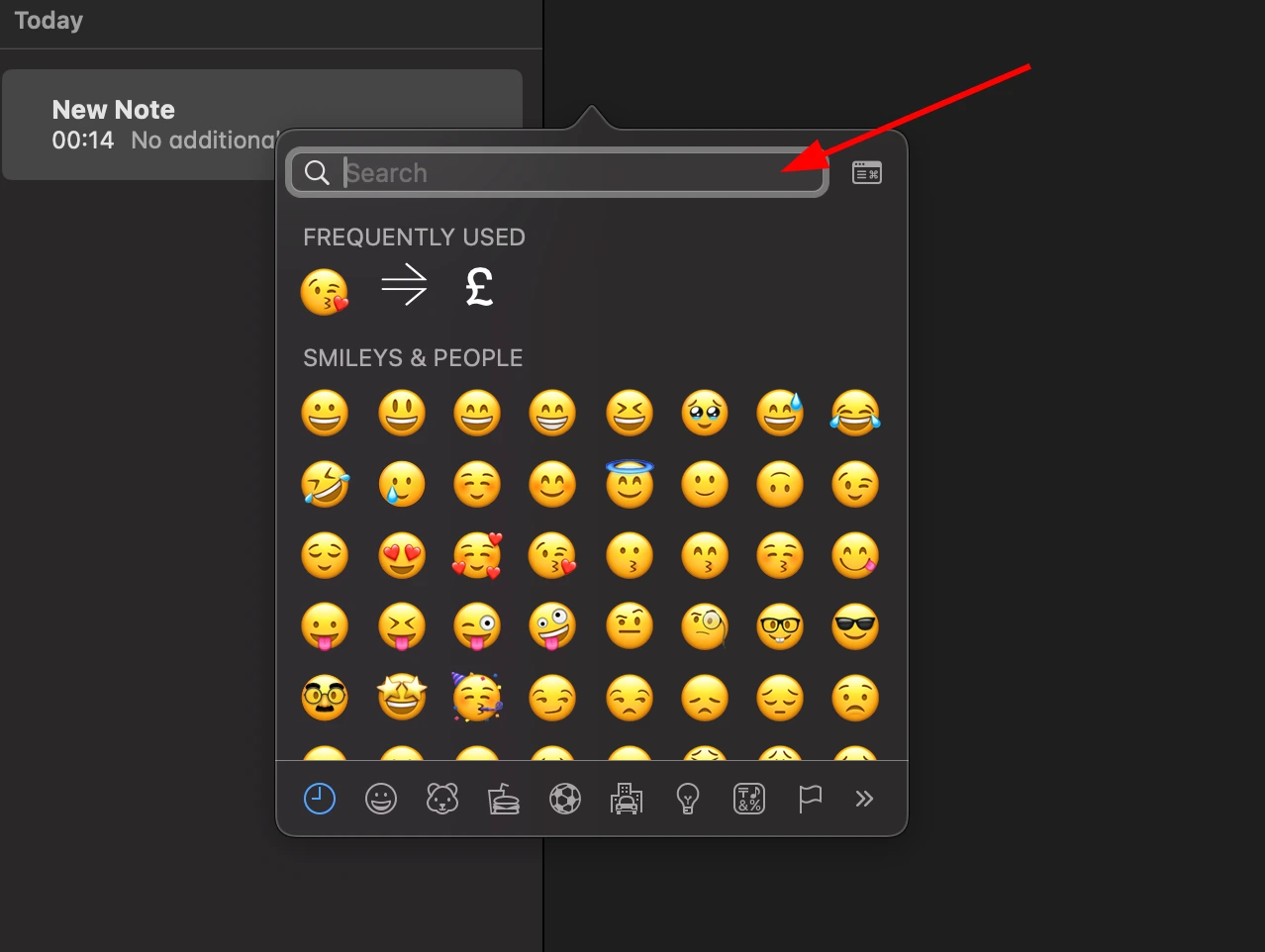Caution Symbol ☡
The caution symbol, often represented as a yellow triangle with an exclamation mark in the center, serves as a universal sign of warning and potential danger. This emblem is omnipresent in our daily lives, appearing on road signs, product labels, and various environments to alert individuals to exercise caution. In this article, we'll explore the origins, design, and widespread use of the caution symbol.
Historical Evolution
The use of symbols to convey warnings and potential hazards has a long history. However, the modern caution symbol with a yellow triangle and exclamation mark is part of a standardized system developed for safety signage. The evolution of safety symbols aimed to create a universal language of warnings that could be easily understood across different cultures and languages.
Design Elements
The caution symbol is characterized by several key design elements:
- Yellow Triangle: The choice of a yellow background is intentional, as yellow is a color that attracts attention and is easily visible. The triangular shape enhances visibility and is associated with caution in various contexts.
- Exclamation Mark: The prominent exclamation mark in the center of the triangle symbolizes urgency and warns of potential hazards. Its bold design reinforces the need for immediate attention and caution.
- Contrast: The high contrast between the yellow background and the black exclamation mark ensures visibility, even from a distance. This design choice is crucial for catching the attention of individuals quickly.
Universal Symbolism
One of the key strengths of the caution symbol lies in its universal nature. The design and meaning of the symbol are standardized, allowing it to transcend language barriers. Whether encountered in a traffic setting, on a product label, or in an industrial environment, the caution symbol communicates a consistent message of potential danger.
Applications and Usage
The caution symbol finds widespread application in various contexts:
- Road Signs: Caution signs are prevalent on roads and highways, alerting drivers and pedestrians to potential hazards such as curves, slippery roads, or pedestrian crossings.
- Product Labels: Hazard symbols on products, especially chemicals and substances, use the caution symbol to warn users about potential risks and safety precautions.
- Industrial Environments: In workplaces and industrial settings, the caution symbol is employed to highlight areas with potential dangers, machinery that requires careful handling, or the need for personal protective equipment.
- Public Spaces: Caution symbols are often used in public spaces to indicate potential hazards, such as wet floors, construction zones, or areas with ongoing maintenance.
Compliance and Standardization
Many countries and international organizations have adopted standardized systems for safety signage, ensuring consistency in the use of symbols like the caution symbol. This standardization enhances global safety awareness and contributes to preventing accidents and injuries.
The caution symbol stands as a powerful visual tool in promoting safety and preventing accidents. Its universal design and widespread use across various environments make it an essential element in our daily lives, effectively communicating the need for caution and alerting individuals to potential dangers.
Copy to Clipboard
Caution Symbol Information
| Symbol Name | Caution |
| Unicode Version | 1.1 (June 1993) |
| Unicode | U+2621 |
| CSS Code | \2621 |
| Hex Code | ☡ |
| HTML Code | ☡ |
Caution Symbol Encoding
| UTF-8 | 0xE2 0x98 0xA1 |
| UTF-16 | 0x2621 |
| UTF-32 | 0x00002621 |
Table of contents
- Caution PNG and SVG files
- How to type caution on Microsoft Word
- How to type caution on Microsoft Windows
- How to type caution on Mac OS
- How to type caution on Linux
- How to type caution on IOS and Android
- How to use caution in CSS
- How to use caution in HTML
- Caution representation in programming languages
Caution symbol's PNG and SVG files
How to add caution symbol via keyboard on different Operating systems
You can type the caution on most modern devices with the help of following methods:
How to type caution symbol on Microsoft Word
You can type the caution on microsoft Microsoft Word using steps mentioned below:
- Place your cursor in the text area where you need to insert the symbol and type 2 6 2 1
- Without moving the cursor press keys Alt + x together
- The original 2 6 2 1 is now transformed into ☡
How to type caution symbol on Microsoft Windows
You can type the caution on Microsoft windows using following steps:
- Hold Alt and press to type caution on your windows machine.
How to type caution symbol on Mac OS
You can type the caution on Mac OS using following steps:
- Place your cursor in the text area where you need to insert the symbol
- Press Ctrl + ⌘ Command + ⎵ Space to bring up the Character Viewer. Alternatively, choose Edit ⇒ Emoji & Symbols
- Type “Caution” in the search field at the top and press Enter
- The symbol should appear. Click on it to insert it into your text


How to type caution symbol on Linux
You can type the caution on Linux using following steps:
- Place your cursor in the text area where you need to insert the symbol
- Hold ⇧ Shift + Ctrl and press the letter + U
- Press keys 2 6 2 1 consecutively
- And then press ↵ Enter , the desired symbol will be added to your document
How to type caution symbol on IOS and Android
The easiest way to type the caution on ios and android is to copy and paste it wherever you need it.
How to use caution in CSS
span {
content: "\2621";
}
How to type caution in HTML
<span>☡</span>
Caution symbol representation in programming languages
caution's representation in different programming languages can be found in table below:
| Language | Representation |
| Rust | \u{2621} |
| Ruby | \u{2621} |
| Python | \u2621 |
| PHP | \u{2621} |
| Perl | "\x{2621}" |
| Java | \u2621 |
| Modern JavaScript - Since ES6 | \u{2621} |
| JavaScript | \u2621 |
| Go | \u2621 |
| C# | \u2621 |
| C and C++ | \u2621 |
| Bash and Zsh - inside echo -e | \u2621 |
| RFC 5137 | \u'2621' |
